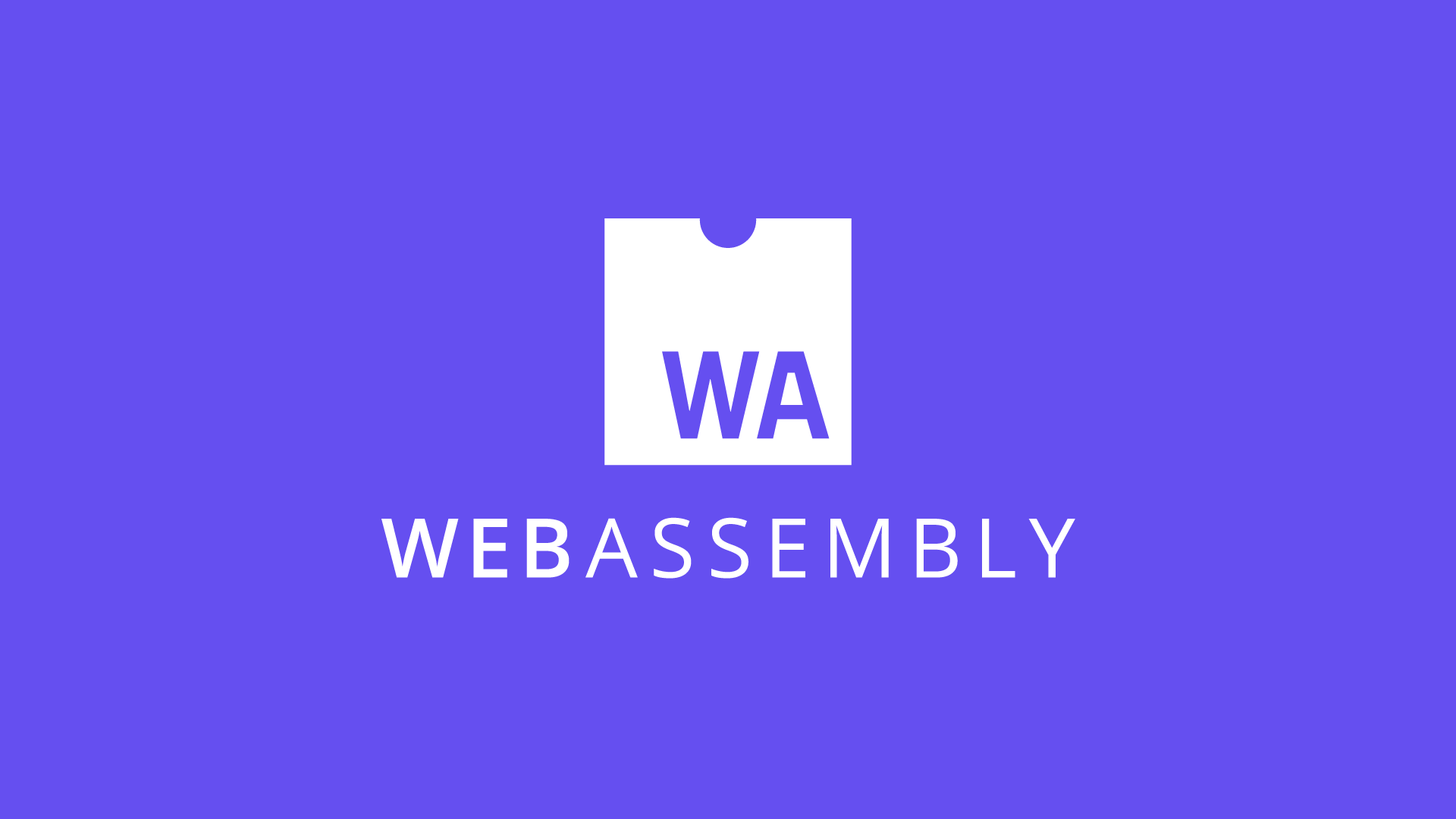- Published on
What is about Web Assembly?
2 min read
- Authors
- Name
- Abdelfatah Ashour
- @abdoashour07

WebAssembly (often abbreviated as wasm) is a binary instruction format for a stack-based virtual machine designed to be executed within web browsers. It is intended to provide a portable target for the compilation of high-level languages like C, C++, Rust, and others. WebAssembly is designed to provide performance improvements over JavaScript, which is the traditional language used for scripting in web browsers.
WebAssembly is a low-level language that is designed to be fast and efficient. It is similar to assembly language in that it provides direct control over the computer's hardware resources. However, unlike traditional assembly language, WebAssembly is designed to be platform-independent, meaning it can be executed on a variety of devices, including desktops, mobile phones, and embedded devices.
One of the key benefits of WebAssembly is its ability to be run on multiple platforms, including desktop and mobile devices, which makes it highly portable. In addition, because WebAssembly is a low-level language, it can be executed very quickly, which makes it ideal for use in web applications that require high-performance computing.
WebAssembly is typically used in conjunction with other web technologies like HTML, CSS, and JavaScript. For example, WebAssembly modules can be loaded into a web page using JavaScript, and then accessed and executed by the web page's JavaScript code. This allows developers to leverage the performance benefits of WebAssembly while still using the familiar and widely supported JavaScript language.